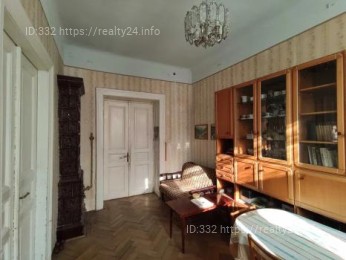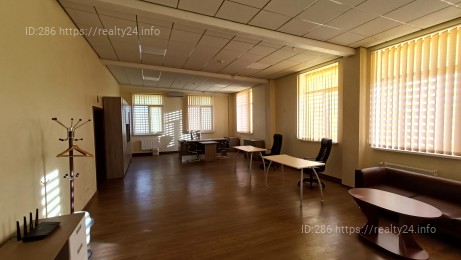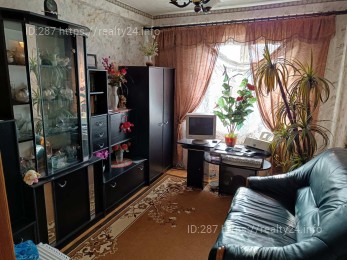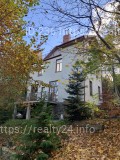Chania (Greek: Χανιά), the Venetian name of Cane (Italian: La Canea) is a city in Greece, in the north of Crete. Located approximately 70 kilometers west of Rethymnon and 145 kilometers west of Heraklion. Port on the coast of the Cretan Sea. The administrative center of the peripheral unit of Chania and the community (house) of Chania in the periphery of Crete. Until 1971, Chania was the administrative center of the island.
The population is 53,910 inhabitants according to the 2011 census. The second largest city of the island. Area 12,564 km2
History
In ancient times, the Cydonia polis was located near the city.
Venetian rule
After the Fourth Crusade, Crete was allocated to Boniface of Montferrat. He, in turn, sold the property to the Venetians for 1,000 silver marks. In 1204, the Genoese conquered Kydonia and built a tower on the site of the Byzantine fortress. In 1206, the Genoese, led by the Maltese count Enrico Pescatore, drove the Venetians from the island. In 1210, the Venetians captured Kydonia. In 1211, Crete came under the rule of the Venetians.
In 1252, settlement of the territory of the modern old town began. Under the Venetians, the city of Chania became the residence of the rector, the head of the island's administration. The city was an important trade center of the agricultural region. At first, Venetian rule was harsh and repressive, but later relations between Cretans and Venetians improved. Contact with Venice led to a close interweaving of Venetian and Cretan cultures, but the Greek population, however, kept the Orthodox faith. After the foundation of the Venetian fortress, the city was called Canea (Caniea, sometimes Cania, Cania). The city fortifications were strengthened, and the city boundaries took on modern outlines. In the 14th century, the Venetians built the church of St. Francis in Canea.
After the fall of Constantinople in 1453, many priests, monks and artists found refuge in Crete. During the following period, the city of Chania developed a mixture of Byzantine, Venetian and classical Greek culture. During this time, many important buildings were built, written culture, music, and education developed.
In the 16th century, Canea flourished, the trading port was reconstructed. Michele Sanmicheli designed the defensive structures.
Modernity
Naberezhna
The city of Chania is divided into two parts: the old city and the wider new city. The old town is located next to the old harbor. It was surrounded by ancient Venetian fortifications, which were built since 1538. Of them, the eastern and western parts have been preserved. The center of the modern city is the area next to the old city and especially to the south.
Old town
Although Chania was bombed during World War II, the old town is considered the most beautiful urban area on the island of Crete, especially the remains of the Venetian harbor. The central part of the old city is called the Castelli (citadel). It is located on a small hill right next to the embankment. On the shore of the harbor is one of the few mosques of Chania that have survived, the Kyuchuk Hasan Mosque, as well as the Venetian Arsenal.
One of the oldest lighthouses in the world is located in the harbor of Chania. Today it is a kind of "business card" and a symbol of the city.
New Town
Agriculture and tourism form the basis of the economy of modern Chania. The city is served by "Ioannis Daskaloyanis" airport.
The Technical University of Crete is the largest higher education institution in the city, with approximately 2,200 students. Chania is also home to the Mediterranean Agricultural Institute and a number of scientific institutions:
the E. Venizelos National Research Foundation,
the Mediterranean Architectural Center
, the Institute of Olives and Subtropical Cultures,
the Chryssostomos Literary Society








